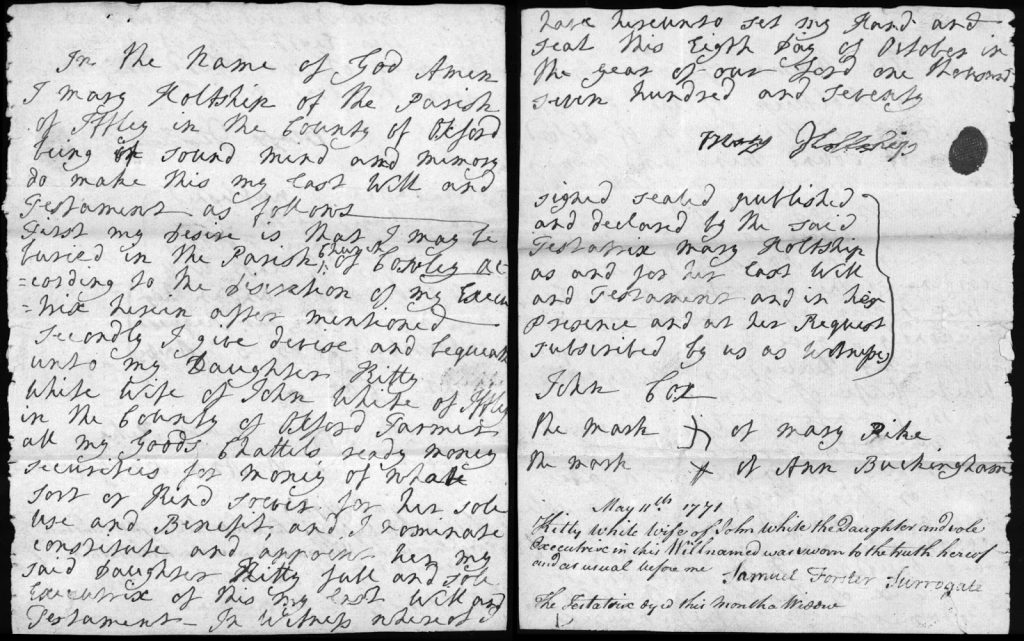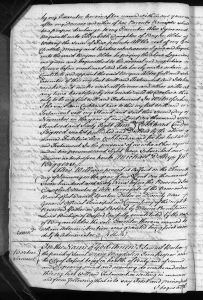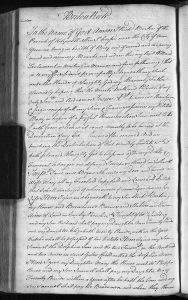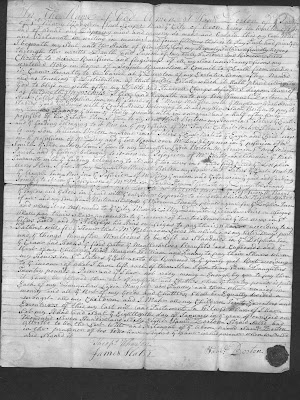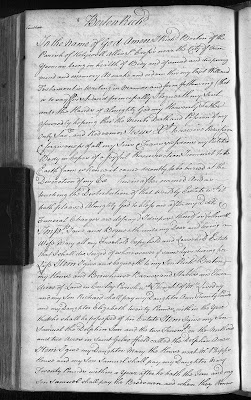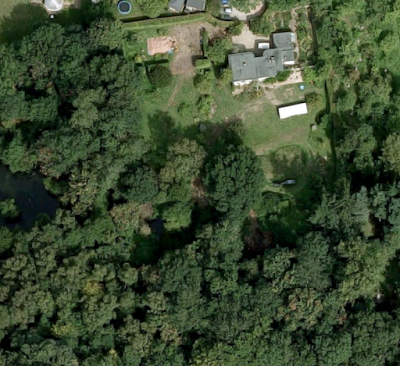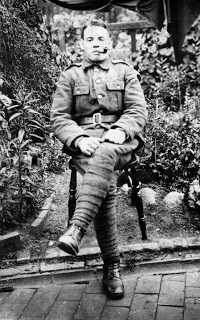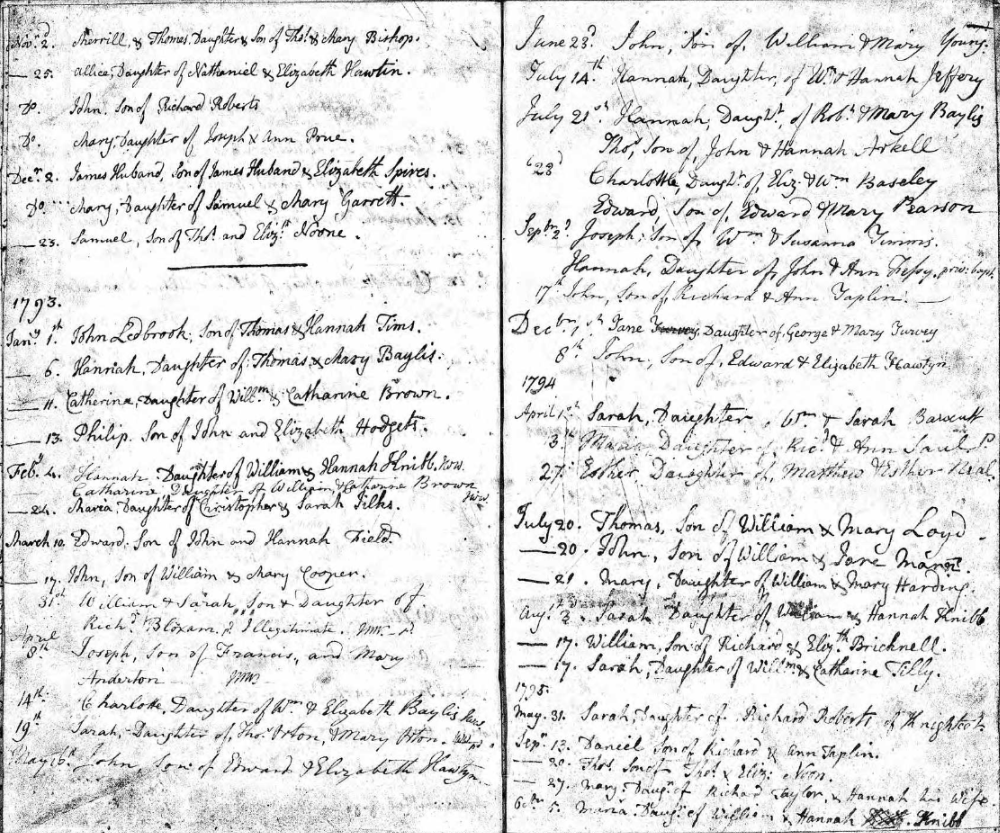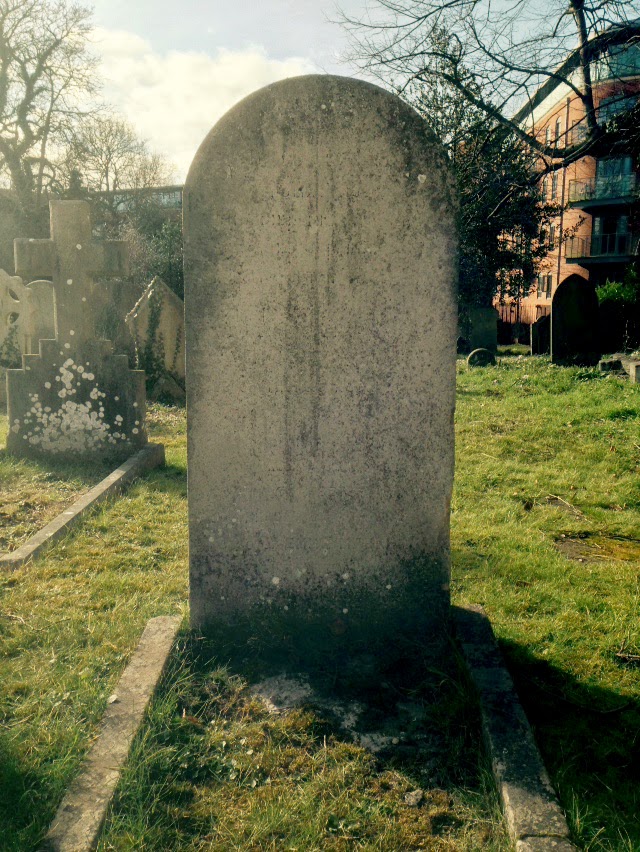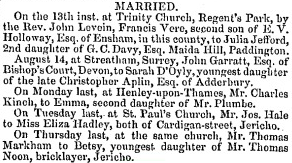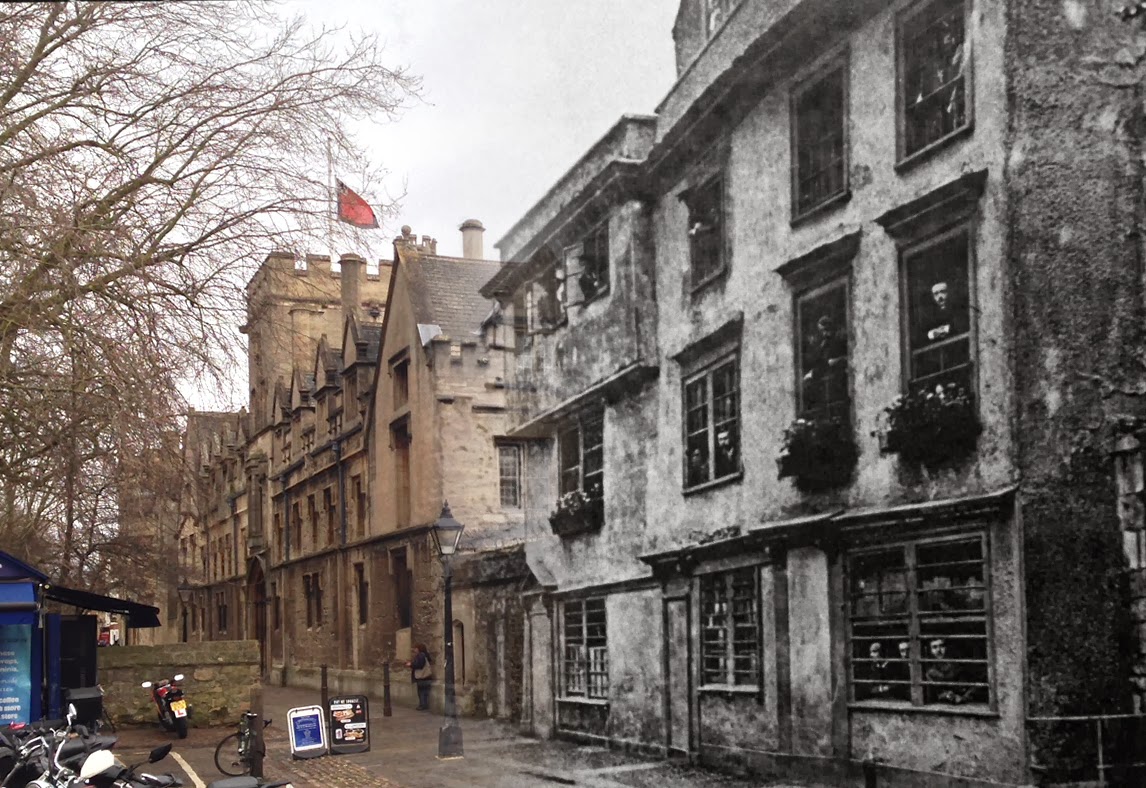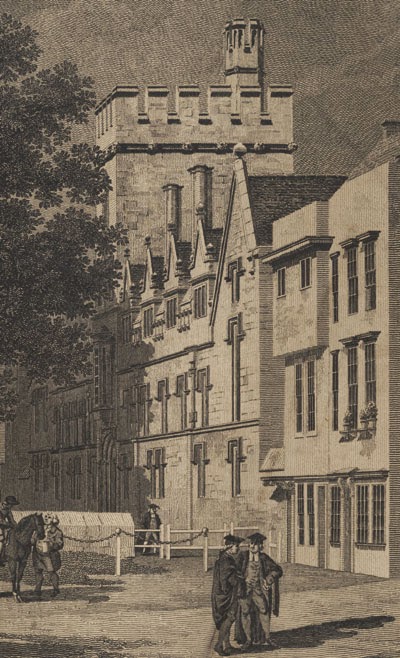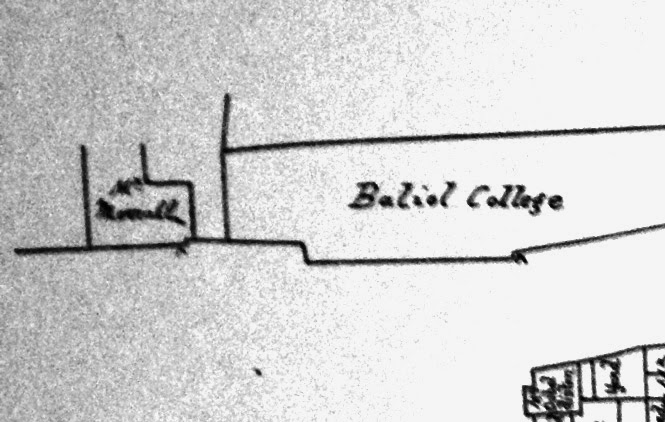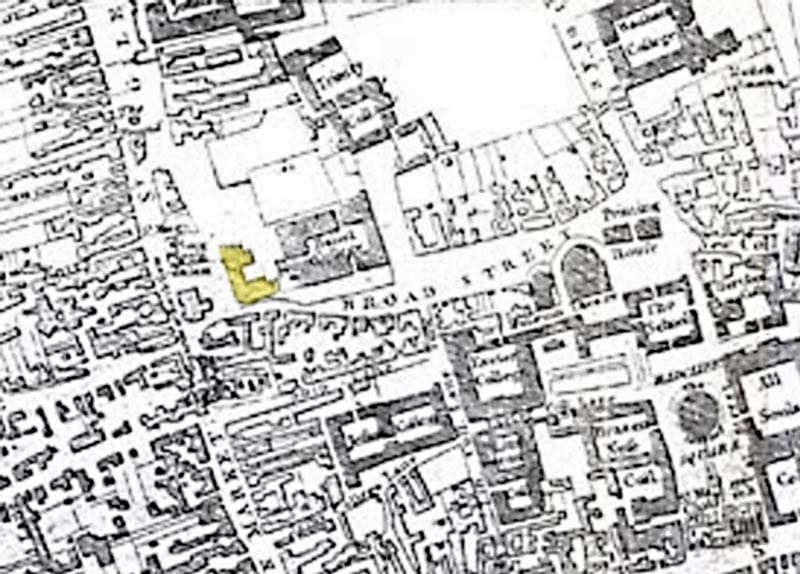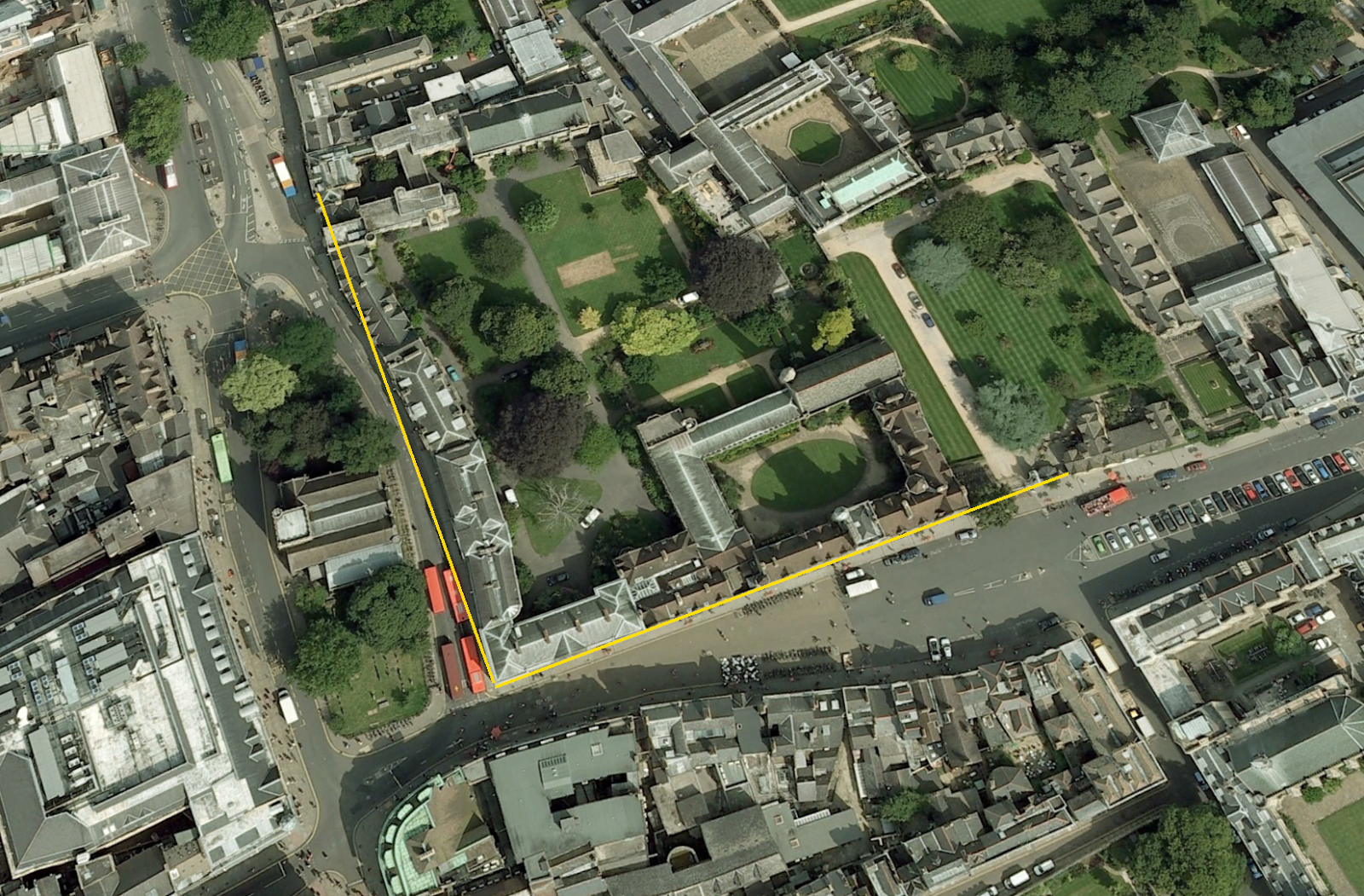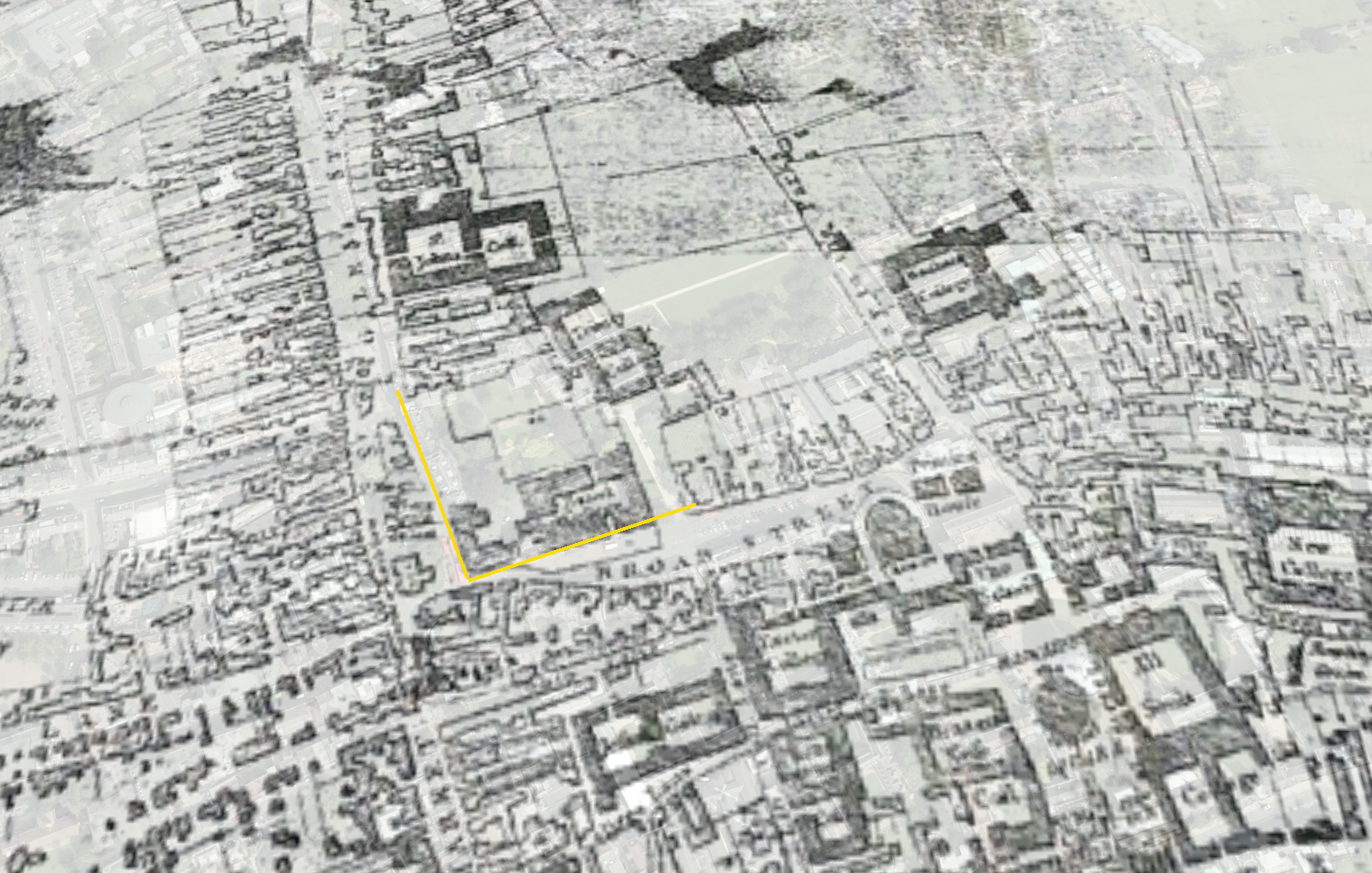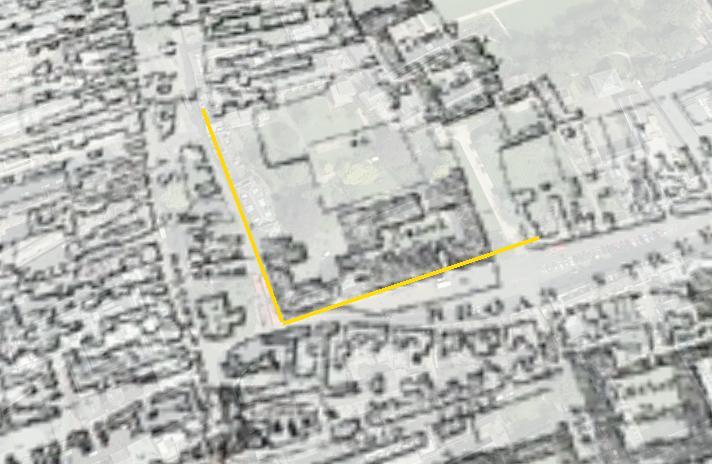From reading William Holdship’s Will (1757), we can glean that he had 4 children:
John
Thomas
Mary (married to Thomas King)
Kitty
In Mary’s will, written in 1770, we read that everything was left solely to her daughter Kitty, wife of a farmer in Iffley called John White.
One wonders why everything was left to her, indeed there is no mention at all of John, Thomas or Mary. Had there been a family dispute? We know that Thomas was living abroad at the time William wrote his will in 1757, so it’s possible that he remained so. The other possibility of course is that all the other children were dead by the time Mary wrote her will.
What is particularly interesting about the Mary’s original will is the fact it appears to be written in her own hand.
It’s very strange to see the hand of one of your distant ancestors, a woman (my 7x great-aunt) born in 1697. It’s been written many times how our existences are so incredibly unlikely, and looking at documents such as these, where one can see the passage of a short moment of time through the flow of someone’s writing, one’s very existence seems to hang, literally, on every word.
